Table of content
In the vast tapestry of culinary traditions worldwide, few ingredients encapsulate the essence of purity, nutrition, and subtle elegance quite like fresh lotus seeds. These tiny, pearl-like gems, nestled within the heart of the lotus flower, have been cherished for millennia across Asia, particularly in China, where they are revered not only for their culinary versatility but also for their medicinal and spiritual significance. Fresh lotus seeds offer a unique blend of flavors—slightly sweet, nutty, and faintly floral—making them an indispensable addition to a wide array of dishes. This article delves into the myriad ways to enjoy fresh lotus seeds, exploring their nutritional benefits, preparation techniques, and incorporating them into both traditional and modern recipes.
The Nutritional Allure of Fresh Lotus Seeds
Before diving into the culinary delights of fresh lotus seeds, it’s essential to understand their nutritional profile. These seeds are a powerhouse of nutrients, packed with proteins, vitamins, minerals, and healthy fats. They are particularly rich in essential amino acids, vitamins B and E, magnesium, potassium, and zinc. Their high fiber content aids digestion, while their antioxidants support overall health and well-being. Furthermore, lotus seeds are known to have a cooling effect on the body, making them an excellent choice during hot summer days.
Preparing Fresh Lotus Seeds for Culinary Use
To fully appreciate the culinary potential of fresh lotus seeds, proper preparation is key. Fresh lotus seeds, unlike their dried counterparts, require minimal processing to unlock their delicate flavor and texture. Here’s a step-by-step guide to preparing them:
-
Selection and Cleaning: Start by selecting fresh lotus seeds that are firm, plump, and have a uniform color. Rinse them thoroughly under cold running water to remove any dirt or debris.
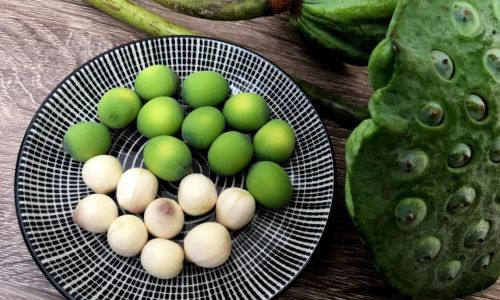
-
Soaking (Optional): While soaking is not strictly necessary for fresh seeds, a brief soak in cold water for about 30 minutes can soften them slightly, making them easier to cook. However, be cautious not to over-soak, as this can lead to a loss of texture.
-
Peeling (If Desired): The outer skin of fresh lotus seeds can be removed for a smoother texture and a more intense flavor. This can be done by gently rubbing the seeds between your fingers or using a small knife. The peeled seeds will have a pristine white appearance.
-
Cooking: Fresh lotus seeds can be cooked in various ways—boiled, steamed, or stir-fried. Boiling is the simplest method, involving simmering the seeds in water or a light broth until tender, usually around 15-20 minutes. Steaming preserves their natural sweetness and texture, while stir-frying adds a touch of caramelization.
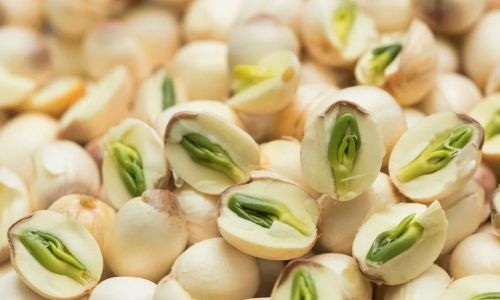
Culinary Applications: Traditional and Innovative Recipes
Traditional Uses
-
Lotus Seed Porridge: One of the most classic ways to enjoy fresh lotus seeds is in a porridge. Simply combine them with rice, water, and a pinch of salt. Cook until the mixture thickens to a creamy consistency. This dish is often served warm, garnished with a drizzle of honey or a sprinkle of chopped nuts.
-
Lotus Seed Paste Dessert: Fresh lotus seeds can be blended into a smooth paste and sweetened with honey or sugar. This paste is used as a filling for mooncakes, pastries, or simply enjoyed on its own as a dessert.
-
Soup and Stew Enhancements: In Chinese cuisine, lotus seeds are frequently added to soups and stews to add depth and a subtle sweetness. They pair beautifully with pork, chicken, or vegetarian broths, enhancing both flavor and nutritional value.
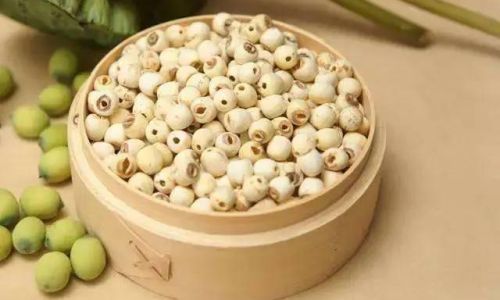
Innovative Recipes
-
Lotus Seed and Avocado Salad: For a refreshing twist, combine fresh lotus seeds with ripe avocado, cherry tomatoes, cucumber, and red onion. Dress with a light lemon vinaigrette and garnish with fresh cilantro. This salad is a delightful blend of textures and flavors, perfect for summer lunches.
-
Lotus Seed Milkshake: Create a nutritious and delicious milkshake by blending fresh lotus seeds with almond milk, banana, and a touch of honey. This creamy beverage is not only refreshing but also packed with nutrients, making it an ideal breakfast or post-workout snack.
-
Lotus Seed and Quinoa Stuffed Bell Peppers: Stuff bell peppers with a mixture of cooked quinoa, fresh lotus seeds, chopped vegetables, and a blend of spices. Bake until tender and serve with a yogurt-based dipping sauce. This dish combines the earthy flavors of quinoa with the subtle sweetness of lotus seeds, creating a satisfying and visually appealing meal.
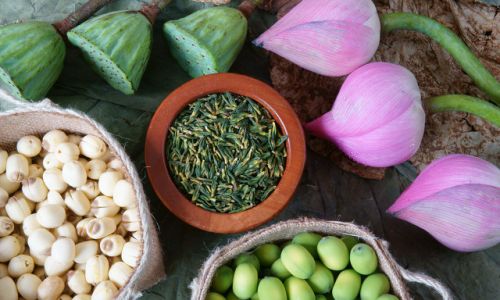
-
Lotus Seed Ice Cream: For a decadent dessert, incorporate fresh lotus seeds into homemade ice cream. The seeds can be blended into the custard base or added as a crunchy topping. This unique flavor profile offers a delightful contrast to traditional vanilla or chocolate ice creams.
-
Lotus Seed and Coconut Milk Pudding: Create a luxurious pudding by simmering fresh lotus seeds in coconut milk, sweetened with palm sugar or honey. Pour into serving dishes, allow to cool, and chill before serving. This dessert is both indulgent and refreshing, with the tropical notes of coconut complementing the nutty flavor of the lotus seeds.
Beyond the Plate: The Cultural Significance of Lotus Seeds
Beyond their culinary applications, fresh lotus seeds hold deep cultural and spiritual significance in many Asian cultures. In Buddhism, the lotus flower symbolizes purity and enlightenment, and the seeds are often used in rituals and ceremonies. In traditional Chinese medicine, lotus seeds are believed to have calming and nourishing properties, making them a staple in herbal remedies.
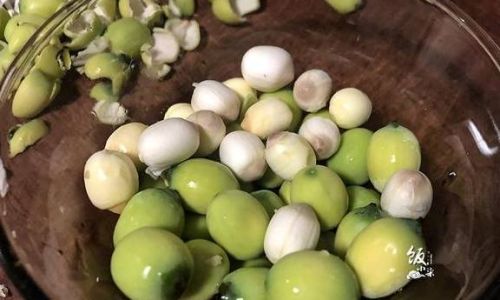
Conclusion
Fresh lotus seeds are a culinary treasure trove, offering a unique blend of flavors and nutrients that can elevate any dish from ordinary to extraordinary. Whether enjoyed in their traditional forms or incorporated into innovative recipes, these tiny seeds have the power to delight the palate and nourish the soul. As you explore the myriad ways to enjoy fresh lotus seeds, remember to appreciate their cultural heritage and the delicate balance of flavors they bring to the table. With a little creativity and a willingness to experiment, you’ll discover that fresh lotus seeds are not just an ingredient, but a journey through time, taste, and tradition. So, the next time you come across these precious gems, embrace their potential and let them inspire your culinary adventures.





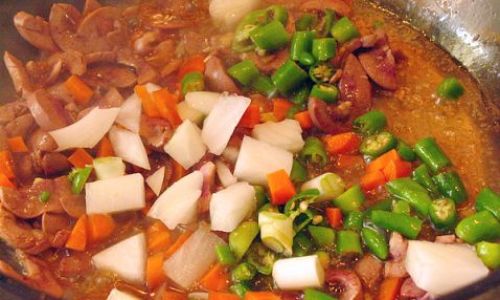
0 comments